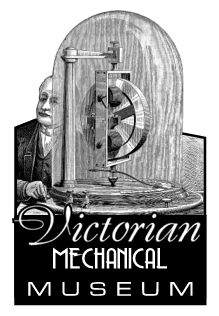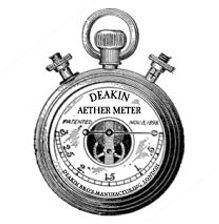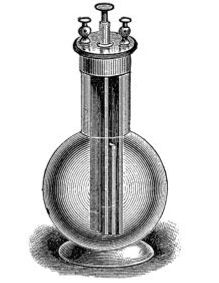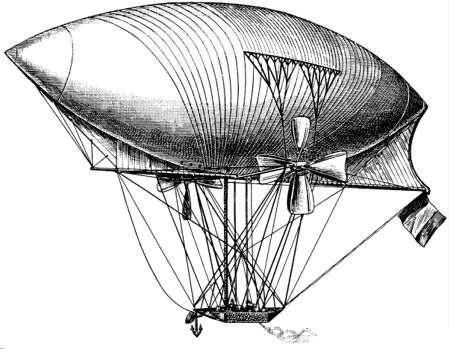 |
| Item 2: The Æther Modified Flintlock |
The curators and archivists at the Victorian Mechanical Museum have returned from their annual spring sabbatical, and upon said return have provided us with one of our more impressive collection items. This particular item is not entirely new to our online exhibition. Geoffrey Hawkins is holding an Æther-Modified Flintlock in a cabinet card photograph that was previously featured as Collection Item 46. We are very pleased to announce that an example of that firearm was discovered within the Hawkins Strongbox and has been designated Collection Item 2.
According to Devon Gillroy, Firearms Curator for the Victorian Mechanical Museum, the Æther-Modified Flintlock was one of the very first successful applications of an æther power cell. Gillroy explains:
"Geoffrey Hawkins and Berkley Vanderzee created the first æther battery during the summer of 1875. A few months later, Hawkins suggested to Vanderzee that they use an æther cell to be the power source in their particle beam experiments. When the two scientists successfully created a working particle beam in January of 1877, Faylynne Hyperion in turn applied their prototype firing mechanism to the stock of a typical flintlock-style dueling pistol. The Æther-Modified Flintlock discovered within the strongbox was a final refinement of those early experimental pieces and stands as history's first documented particle beam weapon."Museum records indicate that Hawkins, Hyperion and Vanderzee produced a total of twelve Æther-Modified Flintlock pistols between 1877 and 1880. The Museum has been attempting to restore one such firearm that was discovered in Kansas City in 1999. The fates of the other ten pistols remain unknown, although one was rumored to have been seen among stored items at the British Museum as far back as 1968.


















































